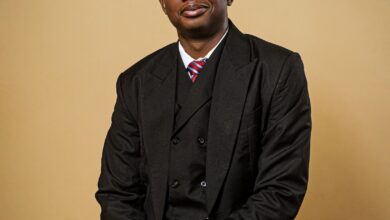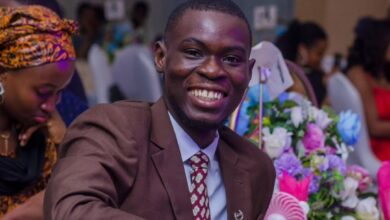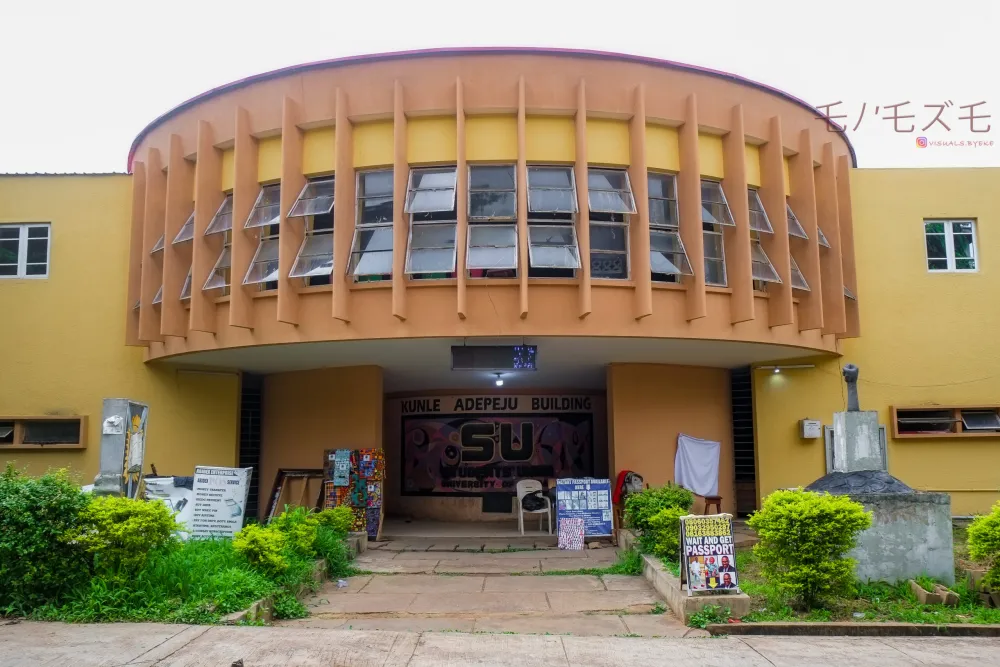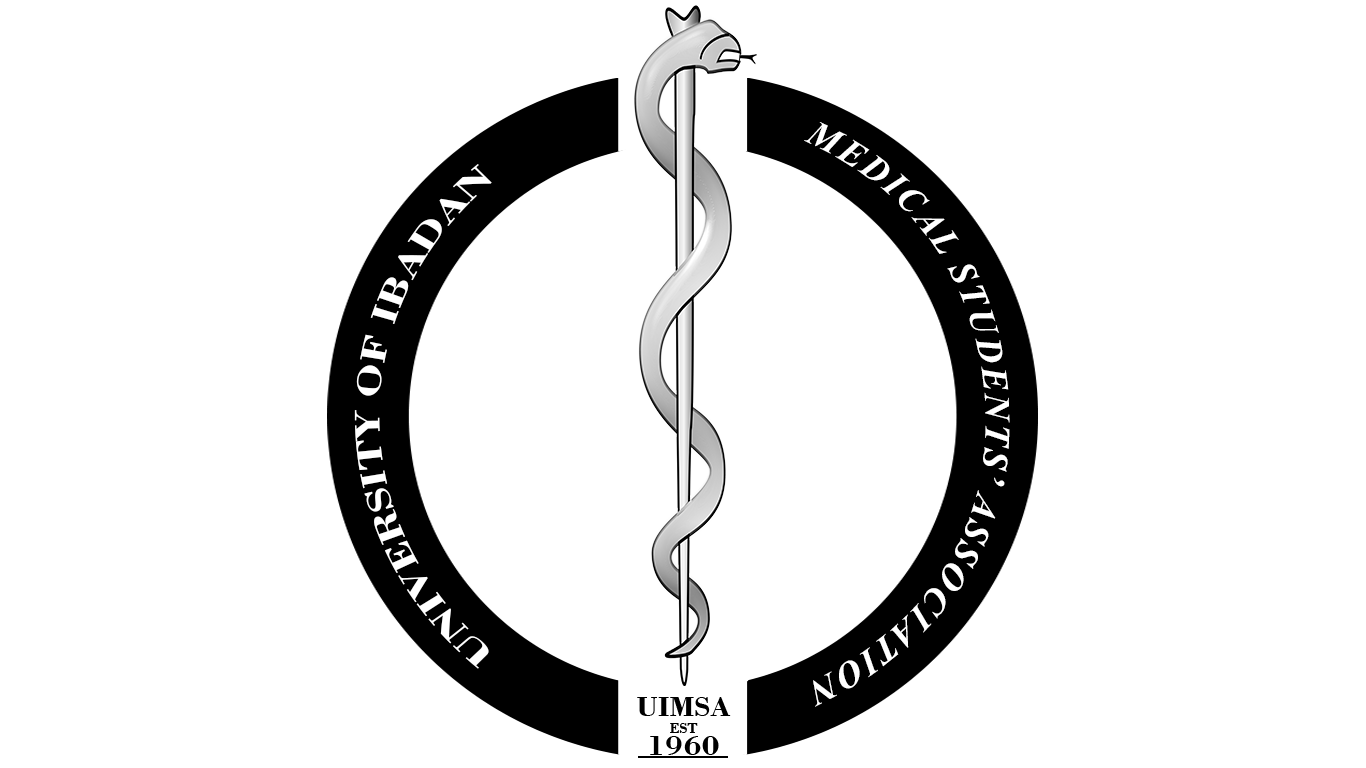The Politics of the Papacy
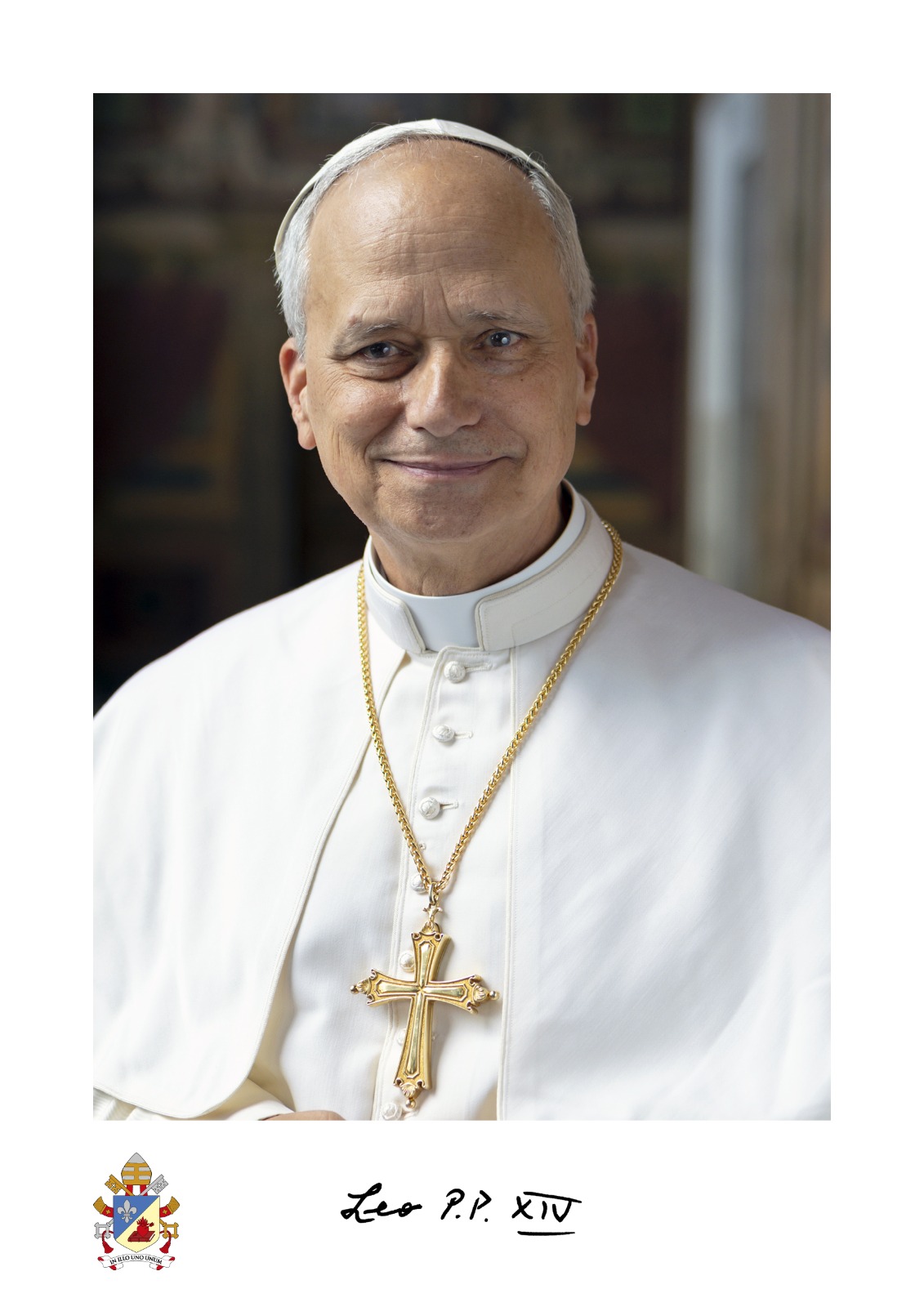
Habemus Papam! You’ve seen some of it by now, the announcement of a new pope, and his inauguration at St Peter’s Square on Sunday, 18th of May, 2025. World leaders, including the Nigerian President, Bola Ahmed Tinubu and opposition spearpoint, Peter Obi trooped to Rome to either congratulate Pope Leo XIV or pay their respects to the deceased Pope Francis. But what is it about the position of the Sovereign of the Vatican City State that commands so much political power and influence, and how has this been wielded in the past?
The papacy dates back nearly 2000 years, with St Peter regarded as the first Pope. In the early days of the church, the Bishop of Rome, in later centuries granted the title of Pope, was recognised as the leader of the Church, given Rome’s significance as capital of the Roman Empire. And in those early days, the papacy was primarily a spiritual and moral compass. However, it would come to gain very real political influence closer to the turn of the millennium, intervening as arbitrators between monarchs, and in time, European Kings and Emperors would be bound by the deference of their people and themselves to the church. This would ultimately culmninate in the establishment of the Papal States, a sovereign group of territories governed by the Pope, today reduced only to the Vatican City, a token territory recognised by the Lateran Treaty of 1929 signed by Italy under Victor Emmanuel III and Benito Mussolini, and the Holy See under Pope Pius XI.
In any case, while the papacy once wielded significant temporal authority, today, it serves more as a moral and political signpost guiding the actions of world leaders. Officially, the status of Popes as Heads of State also gives them a voice within the United Nations. During the conclave, much ado was made on social media about the political viewpoints of various cardinals touted as popes. To what degree does this have an effect on world politics? And in what ways does Pope Leo XIV differ from his predecessor?
Papa Franciscus brought a new viewpoint to the church right from the start. The first Pope to take the name of St Francis of Assisi, he was a marked deviation from his predecessor, Pope Benedict XVI, and he made that clear from the get-go. And whereas Benedict had drawn the ire of many for his conservative viewpoints, Francis, the first non-European Pope since Gregory III of Syria, who died in 741, was set to usher the Catholic church into a new era, bringing her views more in line with the changing times.
Described as politically progressive at times, Pope Francis was an unabashed player in global politics. Especially vocal on war, climate change and immigration, Francis’ views drew the ire and acclaim of millions worldwide. From his emergence on the balcony of St Peter’s Basilica in 2013, the late Pope’s choice of plain white vestments and a nondescript silver cross on emergence from the Room of Tears symbolised a stark break from tradition and the more elaborate attire of the Popes that came before him. It was in true Franciscan fashion, the imagery at least showing him to be eschewing the perks of his position and opting instead for humility, and indeed, poverty. This theme would come to define his papacy, the Argentine often going to great lengths to advocate against class equality and the capitalistic divide that continues to tear our world apart. In the same vein, his advocacy against war and climate change highlighted his strong sense of environmental and social justice. But all of his viewpoints weren’t always received by willing hearts, especially when he spoke on immigration and same-sex unions.
Criticised in conservative circles for diluting doctrine, some, namely Archbishop Carlo Vigano, former ambassador of the Vatican to the United States, have gone as far as branding Francis a ‘false prophet’ and a ‘servant of Satan’. Vigano, a vocal critic of the former Pope, challenged many of the viewpoints Francis held, including the calls for vaccination amidst the COVID-19 pandemic. Eventually found guilty of schism for refusing to recognise the authority of the Pope and the liberal reforms enacted after the Second Vatican Council (Vatican II) of 1962-1965, Vigano was excommunicated in 2024, a rarely resorted to punishment that sent shockwaves among conservatives. It was not the first time a conservative opponent would be punished for undermining the Pope, one of the most high-profile of these incidents being the eviction of Cardinal Raymond Burke from his apartment at the Vatican. But what was it about Pope Francis and Vatican II that triggered so much backlash from these staunch theologians?
To truly understand the Second Ecumenical Council of the Vatican would mean to understand the history of the church, and indeed of theology, a task far too complex for this webpage, and indeed this writer. But these meetings sought to reform the church and indeed renew it through a restatement of her beliefs in a way that connected with the modern man. Because indeed, doctrine is a strange, sacred thing, sometimes changing, sometimes set in stone, all depending on our understanding at the time of theological text. Pope John XXIII indeed sought the reunion of all Christians through Vatican II, seeking to rectify a centuries-old schism caused by a church, and indeed a Pope who was at the time, unwilling to bend to the world around him and paid the ultimate price. The Protestant Reformation, led by Martin Luther and other Protestant theologians, sought to fight the offering of Indulgences, remission before God of the temporal punishment due to sins whose guilt has already been forgiven, which the faithful Christian who is duly disposed gains under certain prescribed conditions, to those who contributed financially to the rebuilding of St Peter’s Basilica by Pope Leo X. And while the Catholic Revival in response curbed the tying of indulgences at all to giving of alms, and 20th century reforms abolished the quantification of indulgences all together, the rift remains, with a splintered Christian body worldwide in the stead of the one true church, as the Catholic Church proclaims itself to be.
The accessibility of the gospel, one of the gripes of the Protestant Reformation, continues to be an issue today, addressed in Vatican II with the authorisation of the performance of mass in vernacular languages in addition to Latin, a step taken even further by Pope Francis with the limiting of Latin masses altogether. Such theological reforms have been essential across time to build a church that connects to the modern man, and the same can be said of the politics of the papacy, with Francis being the first to truly go that extra mile to ensure that theology and politics go hand-in-hand. The church and the Pope indeed cannot be defined in such simple terms as right or left, as these are very loose terminology, especially in this context. The clergy have always toed a socialist line in line with Jesus’ teachings, however much of an oversimplification that may be. Ultimately, isolated political stances may be considered either liberal or conservative depending on the vantage point. And it is worth noting that in all this conjecture, it is not as if the stance of the church on matters such as abortion, mercy-killing or homosexuality is truly changing, not now at least. Did Francis’ politics outside of his almost constitutional duties as a socialist Pope truly seek to change doctrine or to simply make this doctrine more acceptable? And what is this if not a just interpretation of the gospel, Jesus’ message of love?
But more than all this, it becomes clear that a successful pope is akin to a mirror that reflects the prevailing perspectives at any time, in doing so resonating with billions worldwide. Francis’ message of an end to war gains more relevance today when there is an outpouring of conflicts globally. The Palestine, Ukraine, Sudan and Congo crises, amongst others, have had millions killed or displaced, and it is most pertinent that the voice of the Pope strains against injustices like this. Today, emigration from Sub-Saharan Africa to Europe is snowballing towards a migrant crisis in the face of limited resources and calls for cultural homogeneity in some quarters. A socialist must take the side of the global South in this situation—Francis is indeed bound by doctrine to do so, contrary to the opinion of those who believe he dilutes doctrine. And indeed, the reforms of Vatican II are law, and must be respected for the purpose of a united church—to challenge law would be to promote anarchy, the last thing the Catholic Church needs.
Viewed as a centrist, Cardinal Robert Prevost, now known as Pope Leo XIV, was viewed as a more palatable option for the whole in comparison with the likes of the ultra-conservative Pietro Parolin and the super-liberal Luis Antonio Tagle. And just like Francis reflected the times, Leo will likely continue to do so, furthering the reforms of Vatican II and navigating a growing traditionalist sentiment worldwide. Shortly after being announced as Pope, some of his first messages on the microblogging platform, X, formerly known as Twitter, from the official @pontifex account focused on wars, and the need for world leaders to dialogue and negotiate, rather than to sacrifice human life on the altar of human conquest. He’s already specifically criticised the ‘situation’ in the Gaza Strip, and his clamouring for humanitarian aid for those affected and an end to hostilities may already irk those who toe the ultra-conservative Zionist line within the church. But Leo does as his office commands, because a true leader must separate self from the crown he dons. He wouldn’t want to repeat the mistakes of Leo X in ignoring the ever-changing currents around the church.
